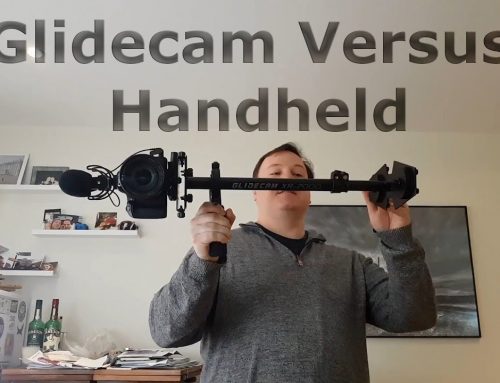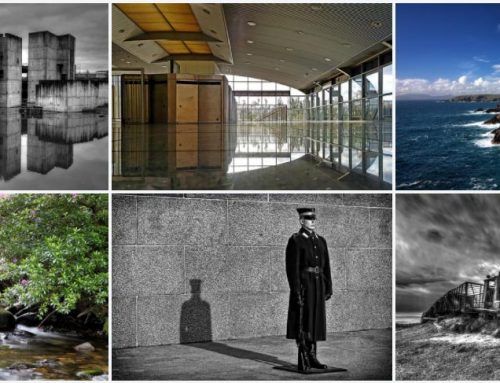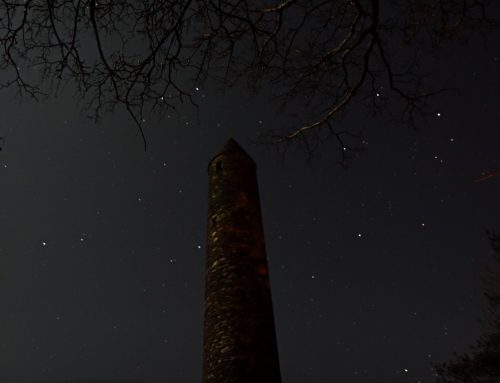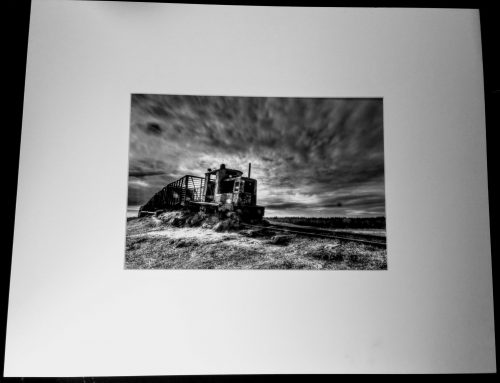
Before modern digital filters like Instagram and the like, photographers used physical filters to generate the results that they want. Even today, the best images are produced using traditional lens filters. To get into landscape photography, a filter is pretty essential so it was about time I invested in some. Up until now, the only filter I have had was a standard UV filter for my expensive 17-55mm lens. All that really does is provide protection for the lens and perhaps reduce a little glare.
Background
To give some background, I have a Canon EOS 700D which is also known as a Rebel T5i in the US. While I still have the 18-55mm kit lens it came with, I have since purchased a number of others. The first thing I did was get a telephoto lens. I went for a Canon EF-S 55-250mm f/4-5.6 IS II.
Next, I replaced my everyday lens and purchased a Canon EF-S 17-55mm f/2.8 IS USM which is about the highest quality cropped sensor lens you can get for a canon. It can keep f2.8 throughout its zoom range which is why it’s so expensive. Most lenses will lose a couple of f stops as you zoom in. For instance, if you look above to my 55-250mm lens, you will see it’s f4-5.6 so at 55mm it can open up to f4 but by the time it gets to 250mm, the widest it aperture will be f5.6 so less light can get in to the lens. Make sense?
I also wanted a wide angle lens so I went for a Canon EF-S 10-18mm f/4.5-5.6 IS STM. It’s not a fish eye but does allow for nice wide angle shots of buildings.
The only basic type of lens I lack now is a macro lens for close up shots of insects and the like.
All of my lenses are EF-S only so if I upgrade to a more expensive, full frame camera in the future, I can’t use these lenses. Then again, the kit will always be useful as a secondary kit or travel kit if I do invest money in spendy new gear.
Filters
I ordered two filters and they arrived today.
The first is a Hoya 77 mm Pro ND 1000 Filter. This essentially blocks 10 stops of light. Why is that useful? On a bright day, it allows me to slow my shutter speed and reduce operture down when using a tripod. That will allow stationary objects to come out sharp but moving objects like clouds and water to become blurred. It’s actually a bit like how the original photographers had to take their images. All photography used to require long exposure.
The second filter is a HOYA PRO1 Digital Filter Circular Polarizer. This type of filter is adjustable and is used to darken skies and reduce glare. It’s essentially like putting a pair of polarising sun glasses on. I won’t need a tripod to use that type of filter so it’s a better all rounder.
Filter Size
One thing I learned before ordering filters is this. Always order filters for the largest size lens you own. For me, it’s my 77mm diameter EF-S 17-55mm. So the two filters are 77mm. I then ordered a set of Genus 77mm step up rings so I can use my 77mm filters with my narrower lenses. Much cheaper than buying filters for each type of lens diameter. You can get cheaper rings by the way but because I have 3 different diameter lenses, I went for the genus pack. The cheaper sets tend to screw in to each other to get the desired diameter and I suspect that could cause some image issues as well as just being fiddly.
Since the filters and adaptor rings just arrived today, I have yet to use them. I’ll likely do a little testing and write an article with the results.





Leave A Comment